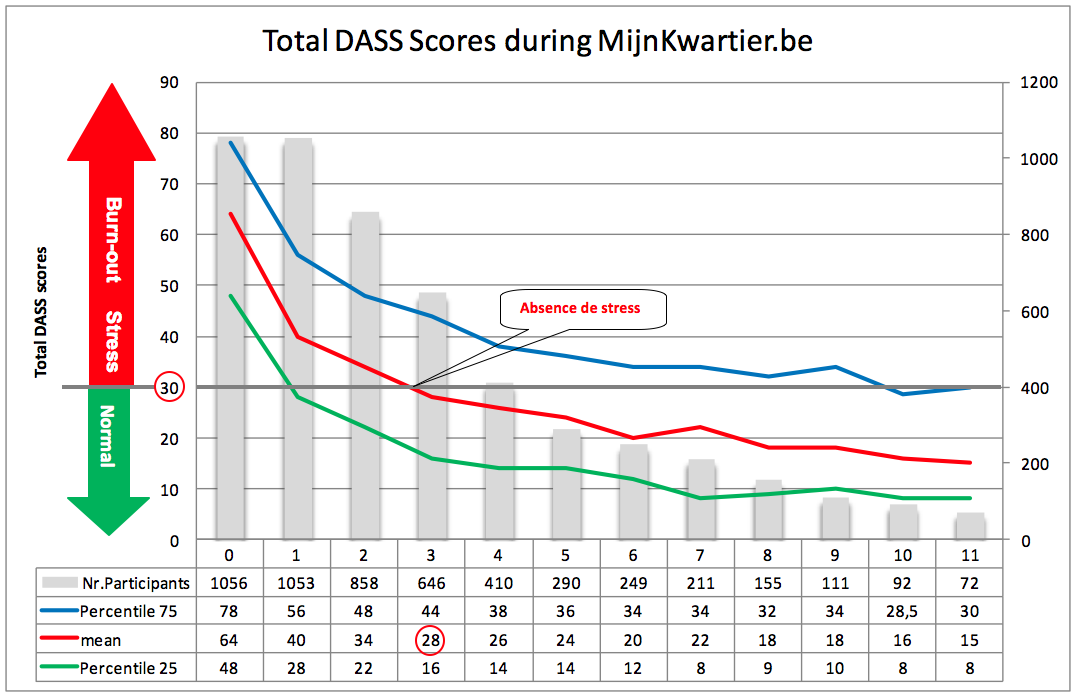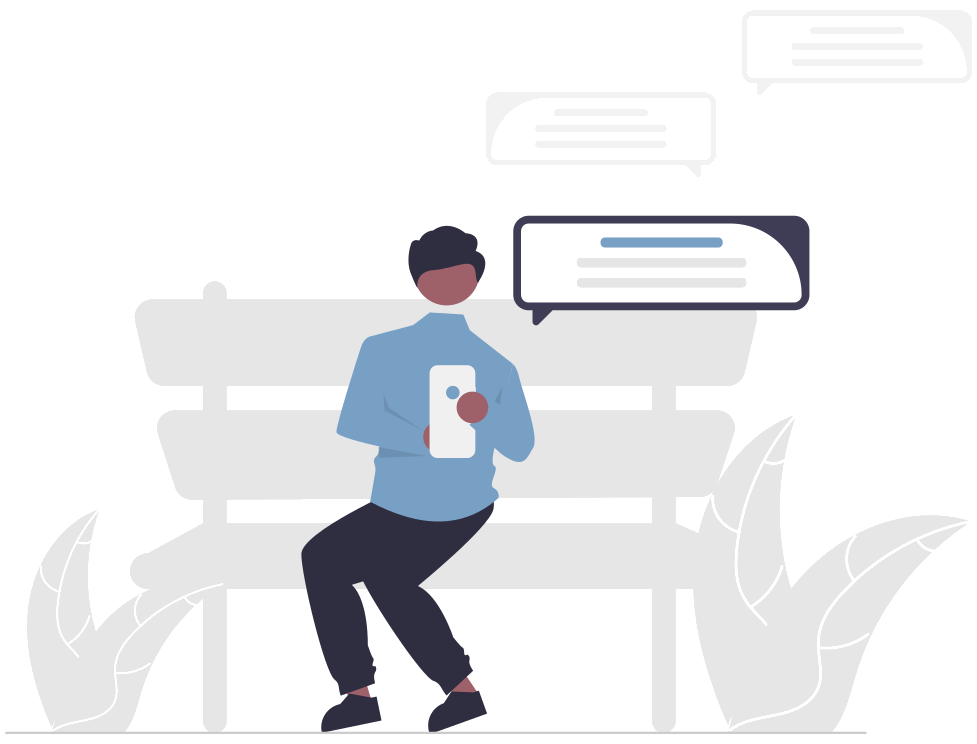How can you, as a supervisor, prevent burnout, discover it, and guide your employees?
Considering the new prevention law, employees, HRM-managers, supervisors and managers are looking for tools to recognize, prevent, or guide burnout in time. Paul Koeck, MD, did research on over 1000 Flemish and Dutch people and developed a proven method which helps participants to eliminate their stress in less than 3 weeks, because his method halves stress and tension as well as feelings of anxiety and depression in that same period of time. During this training you learn secrets of preliminary recognition, prevention, and guidance, in one day.Day training for supervisors by Paul Koeck, MD
1° Burnout recognition (morning)
- What is Burnout?
- What is the difference between tension, burnout, and depression?
- How do symptoms such as tiredness, exhaustion, anxiety, hyperventilation, panic, concentration disorders, memory issues, mental absence, emotional exhaustion, cynicism, aggressiveness, perfectionism, hopelessness, short-term incompetence and poor self-esteem come about?
- What is the working mechanism in the brain?
- How does the stress hormone 'cortisol' cause brain cells to die?
- How do you reverse this process through neuroplasticity?
- How do you recognize te signs of the different evolutionary stages of burnout? Stress → tension→ pre-burnout → burnout?
2° Burnout prevention and guidance (afternoon)
- Tips for prevention of burnout at work:prevention
- tips for self management
- tips for preventive communication
- tips for preventive work planning and organization
- tips for preventive early detection (before it is too late)
- Communication strategy: What can you do as supervisor when your employee is in one of the risk stages?
- How do I contact an employee myself?
- How do I respond when an employee takes up something regarding another colleague?
- How do I respond when an employee comes to me him- or herself?
- How do I respond when an employee does not come directly to me but does send indirect signals?
- How do I recognize those indirect signals?
- Listening skills in case of employees under pressure
- How do I work together with HR, workplace physician, or doctor?
- Whom do I contact when?
- the role of HRM
- the rle of the workplace physician
- the role of the general practitioner
- How do I handle confidentiality?
- Whom do I contact when?
- Sick leave
- What do I do when my employee calls in sick?
- How do I prepare proper re-integration after illness so that I can preventively help prevent relapse?
- Re-integration policy
- What is the most common mistake which employees make which causes them to relapse?
- How can we prevent this mistake?
- What is the most common mistake which supervisors make, causing their employee to relapse?
- How can we prevent this mistake?
- How do you, as an employer, make sure that your investment (time and money) in your employee is not lost, and that your employee even is worth more to your company than every with lower taxes than before?
***
The trainer: Paul Koeck, MD
- Publications and interviews in the medical and general press: www.15minutes4me.com/press
- Clients: www.coachteam.com/en/our-customers/
- Curriculum Paul Koeck, MD: www.coachteam.com/cv/
- Books by PaulKoeck, MD (not yet available in English):
***
Research results
Paul Koeck, MD, conducted a study on 1 056 participants who followed the stress and burnout program: The evolution of the stress-scores during the weeks in which the guidance program was followed: the red line shows the evolution of the average participant. This line reached the normal (stress-free) values between the second and the third week.
Paul Koeck, MD
The evolution of the stress-scores during the weeks in which the guidance program was followed: the red line shows the evolution of the average participant. This line reached the normal (stress-free) values between the second and the third week.
Paul Koeck, MD















